Children spend a significant portion of their day in school, and the food they receive plays a substantial role in their overall health and academic performance. The debate surrounding the nutritional quality of school lunches has gained momentum in recent years, with parents, educators, students, and health advocates raising questions about whether or not the food they serve is good for students, and what’s in them. Grades K-12 serve food to students and sell snacks too, instilling from a young age what they should eat daily. However, it’s questionable whether or not the food they give out to kids should be consumed.
The Food and Nutrition Service posted an article discussing nutrition standards, and they had this to say, “Amendments made by Section 208 of the Healthy, Hunger-Free Kids Act of 2010 (HHFKA) require the Secretary to establish nutrition standards for such foods, consistent with the most recent Dietary Guidelines for Americans, and directs the Secretary to consider authoritative scientific recommendations for nutrition standards…”
While schools are required only to serve food with certain nutritional standards, that doesn’t mean they are serving food that’s good for you.
In high schools across the U.S., they sell sugar-free drinks like sodas and energy drinks. Drinks that claim to be a Zero product are often filled with chemical additives brands put in their products to make them taste like their generic, sugary drinks.
Energy drinks combine two of the most addictive substances: sugar and caffeine. And schools sell these to students without monitoring students’ consumption.
For example, when taking a look at the school lunches around Verrado, I’ve seen students spend their money on a small portion of tater tots and a pizza the size of their hand. Fried food and processed (most likely frozen) pizzas for lunch every day, five days a week, with other options like burgers or chicken strips.
Of course, there are healthy options too, right? You can get a fruit salad with a single granola bar and yogurt or a salad. Instead of having something fulfilling and filling to go with the salads, you have to spend even more of your own or your parent’s money on a lunch that you don’t even know where it came from.
If you simply take a look at the MyPlate diagram, it shows you a balanced and healthy diet.
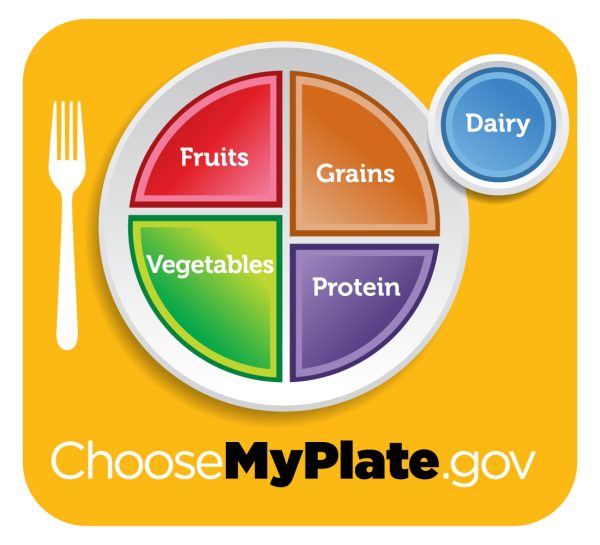
When you take a look at this diagram, and then the school lunch served, our school does not hit all the important food categories for lunch.
In order to get a full, nutritious lunch, you have to spend money on different items, that is, if they aren’t all sold out.
No student should leave their lunch period still hungry and/or feeling unfulfilled from lunch. Numerous students here at Verrado participate in sports or gym, and they need a balanced diet to keep up with their physical activities.
All schools in Arizona must follow the USDA’s approved food list and smart snacks list, limiting the unhealthy options allowed in school. However, schools simply serve healthier versions of junk food.
The current state of school lunches often leaves much to be desired in terms of nutrition and satisfaction.
With many meals lacking essential vitamins, minerals, and variety, students are not only missing out on the nourishment they need to thrive but are also left feeling unsatisfied and disengaged from their meals. There needs to be a change to school lunches across America, and even in our own school here at Verrado.

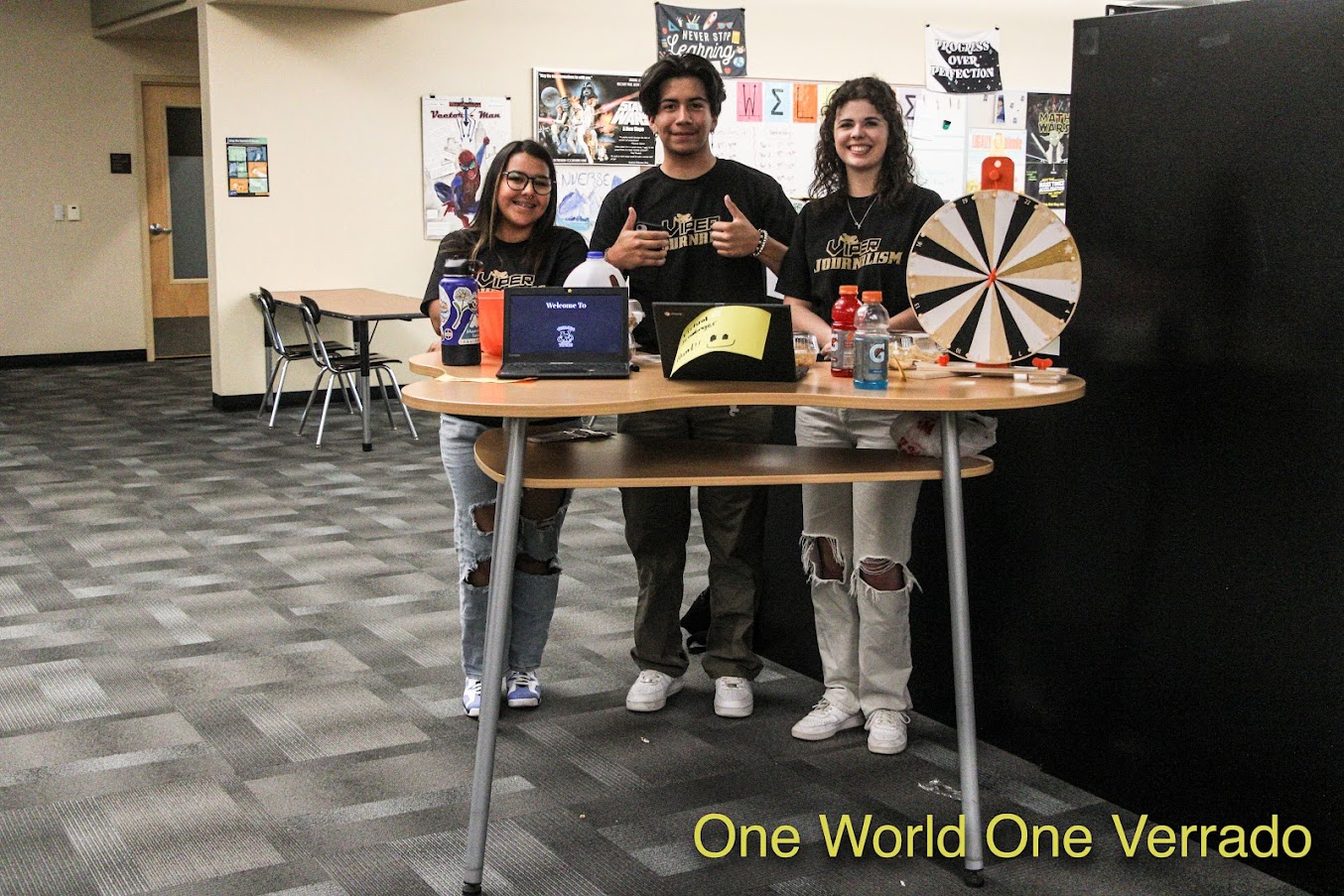
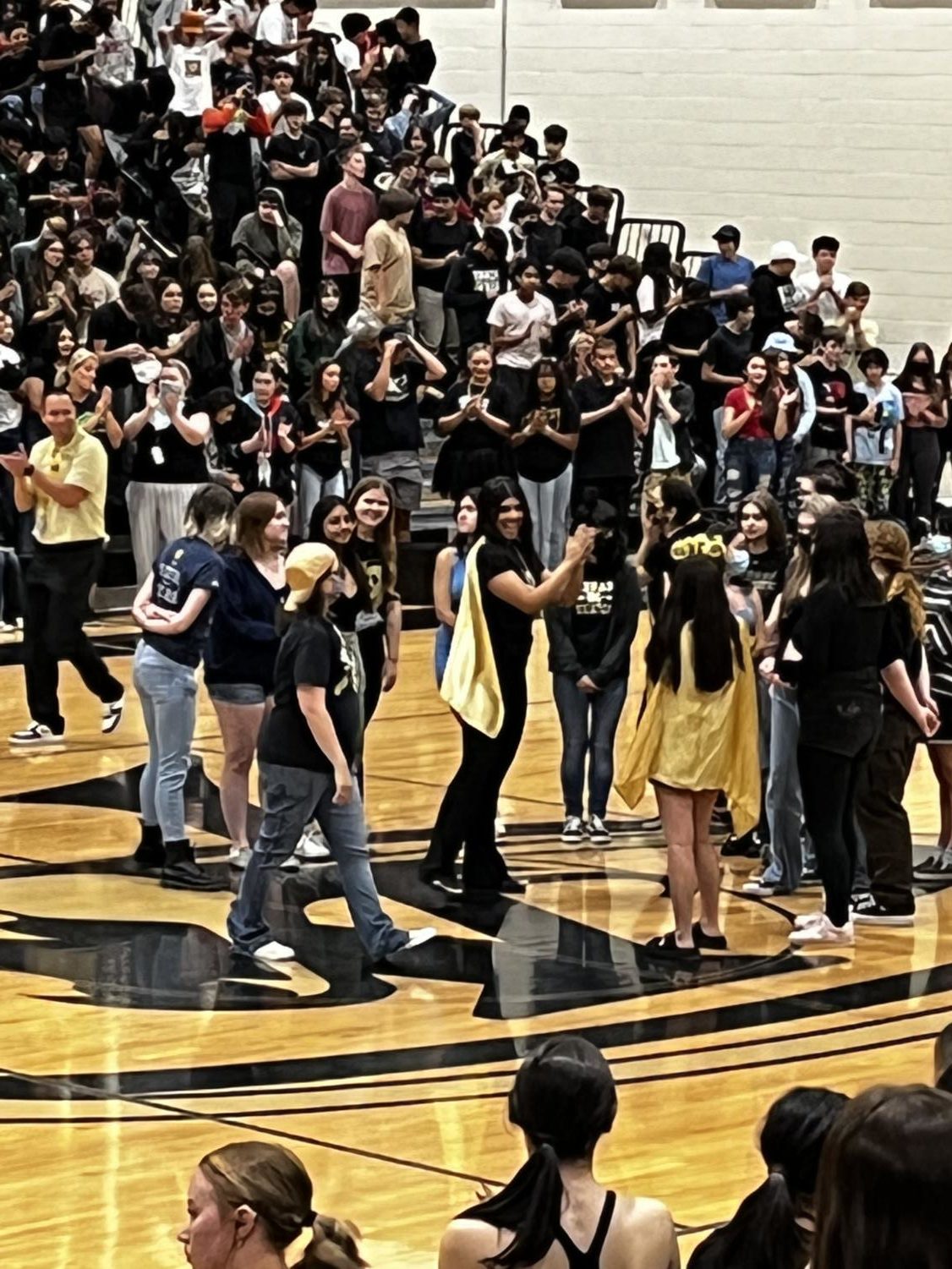

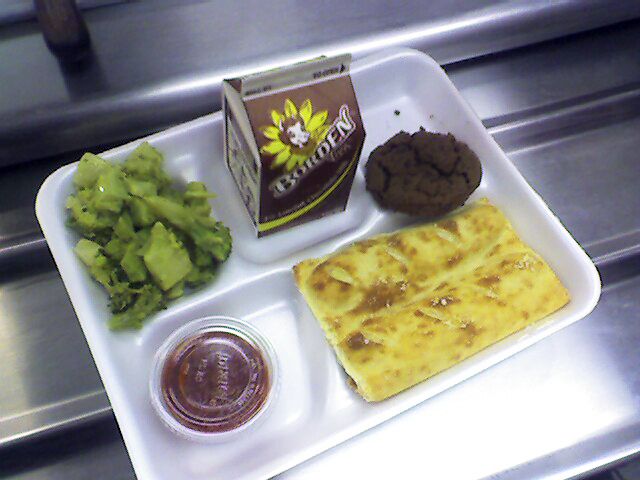

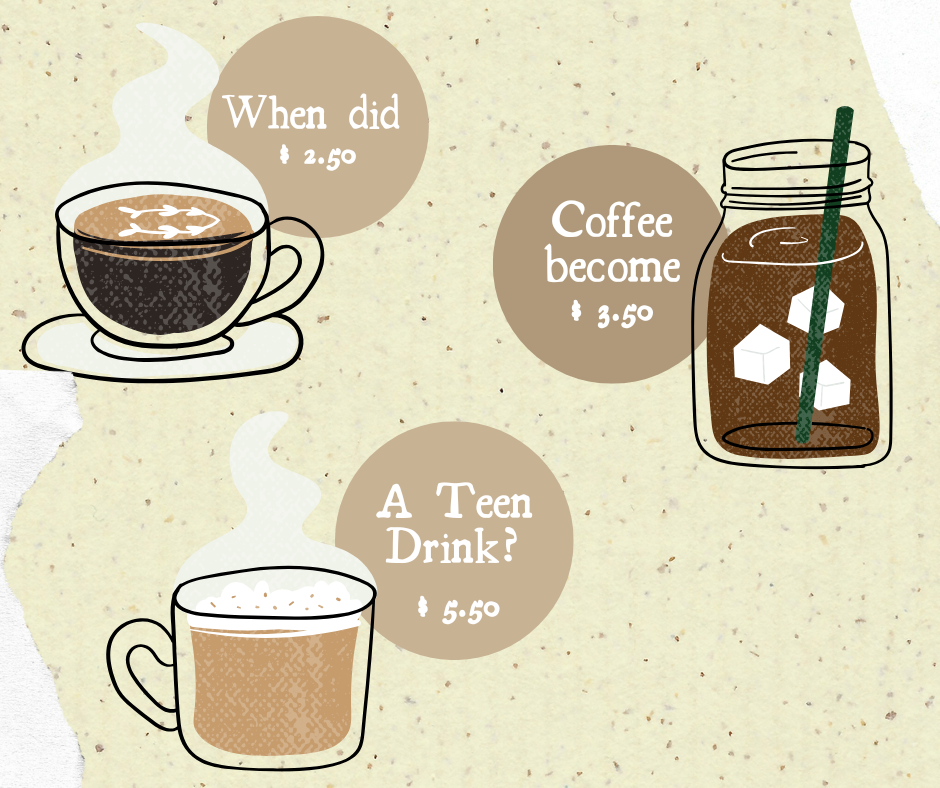
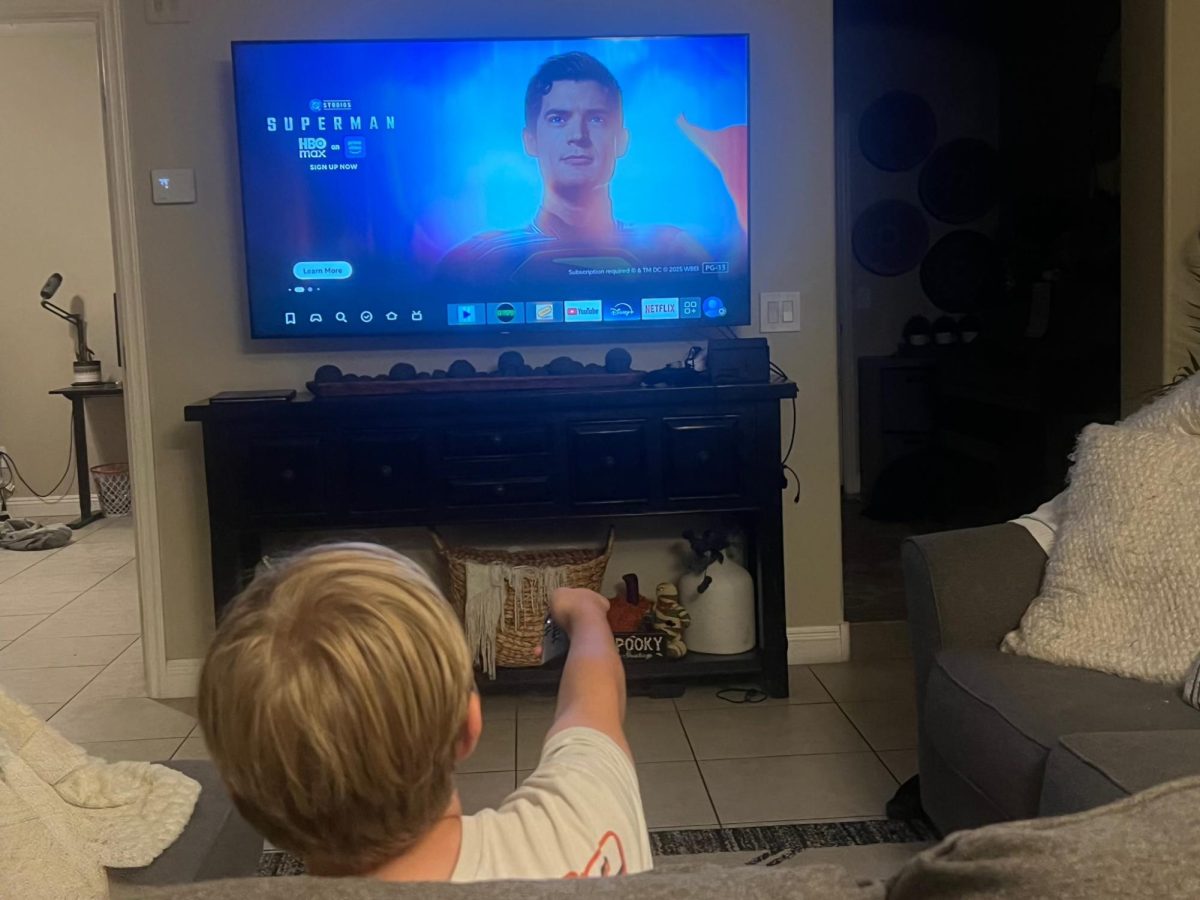



Alexis • Oct 3, 2025 at 8:51 AM
The main idea of this viewpoint(article) is how school lunches have changed over the past 10-20 years. The article talks about how nowadays school lunches don’t hit the food groups anymore and are getting more unhealthy and unstable lunch systems. For example in the article it says how at verrado we serve pizza, burgers, fries, or tater tots everyday and barely any healthy food even the sides are unhealthy. My favorite part about this article is how it mentions the lunch system problem how food runs out so some people cant even eat lunch or dont get enough calories in a day because of this and this can be problematic for people who do sports or just people who are really active in general they need a good lunch to be able to perform at their best so the school not having enough lunch for everyone has become a problem that needs to be fixed as well as not having many healthy options especially the sides its very important that we make sure we hit every food group especially since we are still kids growing up and needing to stay healthy. I overall just really liked how detailed this article was and how it hits multiple problems.
Katelyn Barton • Nov 22, 2024 at 9:35 AM
I really liked how the writer cited their sources and made references. The part about the zero Sugar drinks was something that I never knew about.
Naomi marquez • Nov 22, 2024 at 9:25 AM
I completely agree and relate to this article. This article raises important points about the cost and nutritional value of school lunches. Many families rely on these meals to provide their children with adequate nutrition, so ensuring they are both affordable and healthy is crucial.
Joseph Galindo • Nov 22, 2024 at 8:55 AM
This article was amazing and I agree with the fact that schools should be monitoring the food that they give out to their students because it’s important they get the nutrients they deserve
Ayidan • Nov 22, 2024 at 8:31 AM
I absolutely loved reading this article!.The insights were massive , and the way it was written kept me engaged from start to finish. Thank you for sharing such valuable perspective, on how he school foods are and how overpriced they are from what you gettin.